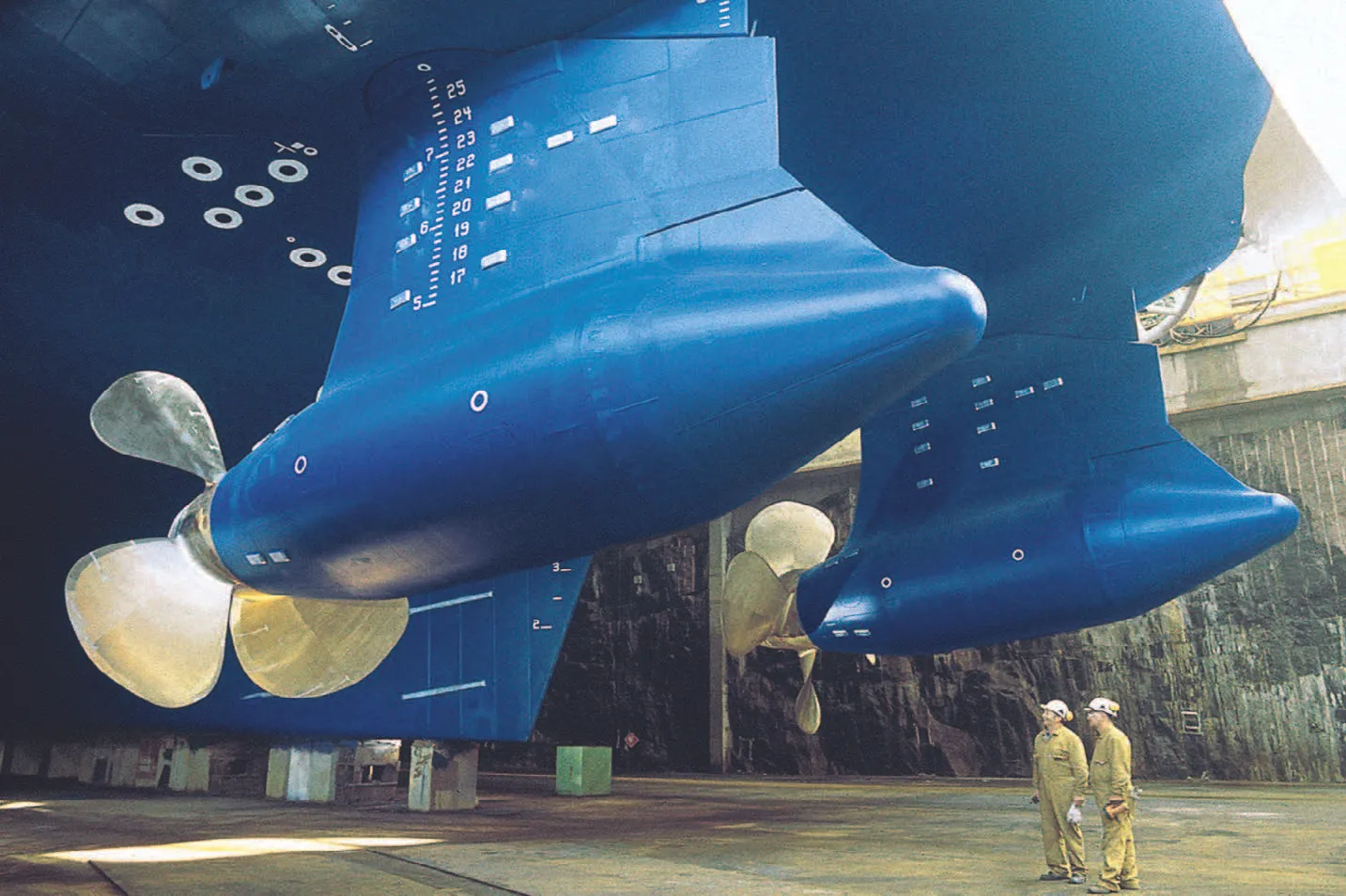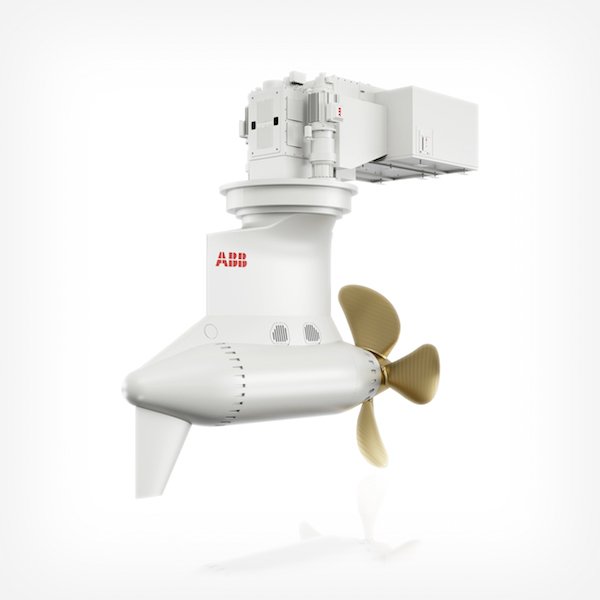- Introduction
- Components of a Four-Stroke Engine
- The Four-Stroke Cycle
- Intake Stroke
- Compression Stroke
- Power Stroke
- Exhaust Stroke
- Comparison with Two-Stroke Engines
- Basic Operation
- Efficiency
- Emissions
- Applications
- Advantages of Four-Stroke Engines
- Fuel Efficiency
- Emissions
- Durability and Maintenance
- Technical Diagrams
- Four-Stroke Engine Diagram
- Two-Stroke Engine Diagram
- Stroke Cycle Diagrams
- Conclusion
1. Introduction
Four-stroke engines are the most common type of internal combustion engine used in automotive applications. This guide will delve into the technical aspects of four-stroke engines, compare them with two-stroke engines, and outline their advantages.
2. Components of a Four-Stroke Engine
A four-stroke engine comprises several key components:
- Cylinder Block: The main structure of the engine, housing the cylinders.
- Pistons: Move up and down within the cylinders to transfer force.
- Crankshaft: Converts the up-and-down motion of the pistons into rotational motion.
- Connecting Rods: Connect pistons to the crankshaft.
- Valves (Intake and Exhaust): Regulate the flow of air-fuel mixture into the cylinder and exhaust gases out.
- Camshaft: Operates the valves at the correct timing.
- Spark Plug: Ignites the air-fuel mixture.
- Fuel Injector/Carburetor: Delivers the fuel-air mixture to the cylinder.
- Timing Belt/Chain: Synchronizes the movement of the crankshaft and camshaft.
- Oil Pump: Circulates oil to lubricate engine components.
3. The Four-Stroke Cycle
The four-stroke cycle consists of four distinct phases: intake, compression, power, and exhaust. Each stroke corresponds to a half turn of the crankshaft, completing a full cycle in two crankshaft revolutions.
Intake Stroke
- Objective: Fill the cylinder with an air-fuel mixture.
- Process: The intake valve opens, and the piston moves down, creating a vacuum that draws in the air-fuel mixture.
Compression Stroke
- Objective: Compress the air-fuel mixture for a more efficient explosion.
- Process: Both intake and exhaust valves are closed, and the piston moves up, compressing the mixture.
Power Stroke
- Objective: Generate power to move the vehicle.
- Process: At the top of the compression stroke, the spark plug ignites the mixture, causing an explosion that forces the piston down.
Exhaust Stroke
- Objective: Expel burnt gases from the cylinder.
- Process: The exhaust valve opens, and the piston moves up, pushing the exhaust gases out of the cylinder.
4. Comparison with Two-Stroke Engines
Basic Operation
- Two-Stroke Engine: Completes a power cycle in two strokes (one crankshaft revolution). It combines the intake and compression strokes into one, and the power and exhaust strokes into another.
- Four-Stroke Engine: Completes a power cycle in four strokes (two crankshaft revolutions).
Efficiency
- Four-Stroke Engine: Generally more fuel-efficient due to better combustion control.
- Two-Stroke Engine: Less fuel-efficient due to the overlap of intake and exhaust processes.
Emissions
- Four-Stroke Engine: Produces fewer emissions as it has a separate exhaust stroke.
- Two-Stroke Engine: Produces more emissions due to incomplete combustion and oil mixing with fuel.
Applications
- Four-Stroke Engine: Common in cars, trucks, and stationary power generators.
- Two-Stroke Engine: Common in motorcycles, chainsaws, and small engines where lightweight and high power-to-weight ratio are essential.
5. Advantages of Four-Stroke Engines
Fuel Efficiency
Four-stroke engines are more fuel-efficient than two-stroke engines because they use the fuel more effectively, thanks to a dedicated compression stroke.
Emissions
Four-stroke engines produce fewer emissions due to more complete combustion and a dedicated exhaust stroke that ensures most of the exhaust gases are expelled from the cylinder.
Durability and Maintenance
Four-stroke engines typically last longer and require less frequent maintenance than two-stroke engines. This is due to the less aggressive operation and better lubrication of engine components.
6. Technical Diagrams
Four-Stroke Engine Diagram
- A detailed cross-section showing the cylinder, piston, crankshaft, camshaft, valves, and spark plug.
Two-Stroke Engine Diagram
- A cross-section illustrating the simplified mechanism of the two-stroke engine, highlighting the combined intake/compression and power/exhaust strokes.
Stroke Cycle Diagrams
- Sequential diagrams depicting each of the four strokes (intake, compression, power, exhaust) for the four-stroke engine.
7. Conclusion
The four-stroke engine is a cornerstone of modern automotive engineering, offering a balance of efficiency, power, and longevity. Understanding the principles of its operation and components is essential for both new and experienced engineers. This guide serves as a comprehensive resource for anyone looking to deepen their knowledge of four-stroke engines.



